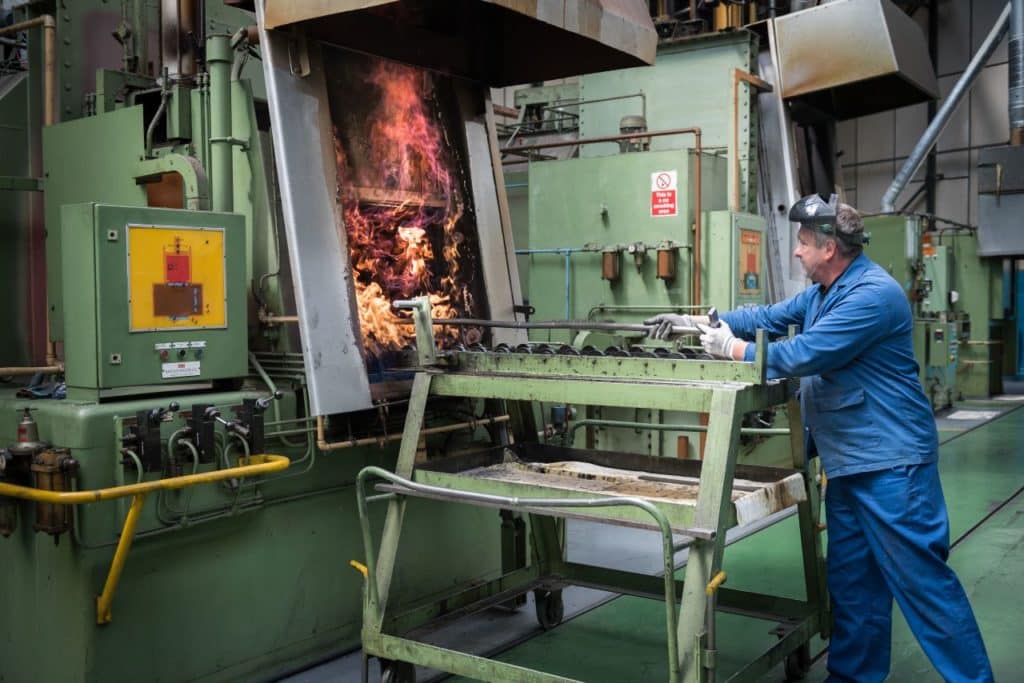Heat Treatment Chillers
What Are Heat Treatment Chillers?
Heat treatment chillers are important parts of metalworking and industrial operations. They are specifically related to a heat treatment for metal materials, to harden and strengthen them for production. These typical metallurgy processes require a high degree of cooling and specialized equipment. That’s where the heat treatment chiller comes into play.
What Is a Heat Treatment Chiller?
In heat treatments, metals are heated to high temperatures in order to chemically strengthen their design.
A heat treatment chiller is an apparatus that takes the hot material and the environment around it, cooling it down through a deliberate process. That process may start while things are hot, and continue through returning items to a lower temperature closer to room temperature. Engineers may look at the full life cycle of using heat treatment chillers post-treatment in terms of BTUs, specific units of heat energy, to make sure that the cooling apparatus is adequate.
At a point in time where engineers have determined that it’s necessary to cool down the metals, or the process around the metal, they will kick in and direct the required energy toward cooling the environment.
Comparing Heat Treatment Chillers to Other Chillers
In comparing heat treatment chillers to other chillers, like facilities chilling systems, it’s important to understand the particular process around heat treating metal. One of the biggest differences is that heat treatment chillers have to be able to work quickly.
Other kinds of chillers, like facilities chillers, have more capability to work slowly and steadily.
These chillers might work to stabilize low temperatures. In other cases, they might be used to ratchet down a warmer environment, say, a production area where heat is released in the process of physical work.
These machines have their own standards but will generally not be up to the specialized challenge of directing post-treatment processes for metallurgy.
Both of these kinds of chillers can either work on an air-cooled or water-cooled design. But these also have to have a certain capacity to decrease temperatures in a dramatic way.
Good Heat Treatment Chillers
Many of the best chillers have a water-cooled apparatus. Water cooling is different from air cooling in the chemistry and physical approach. The best heat treatment chillers will also be useful in the context of a particular kind of metal treatment.
For example, there’s case hardening and a process called annealing, where metals are heated and then cooled strategically as part of preparation for re-forming. There’s also a process called simulated annealing, where algorithms simulate the annealing process, showing where and how cooling takes place.
The best chillers look at these types of designs and build the systems accordingly. That simulation data can be valuable from a design perspective as well.
In addition, the right heat treatment chillers and process can contribute to success according to certain metal properties like:
- Hardness
- Resistance to corrosion
- Machinability
All of that makes these chillers a vital part of metalworking processes in industrial settings. Think about how these types of machinery work and how they apply to a given manufacturing use.
